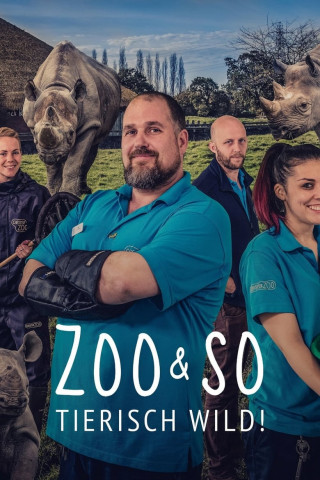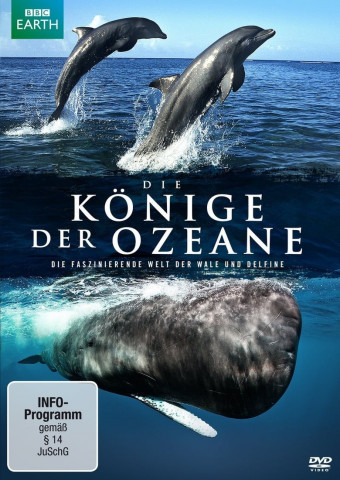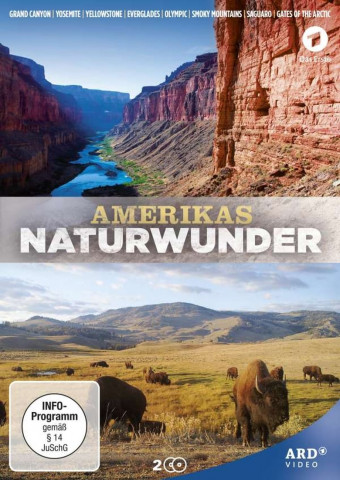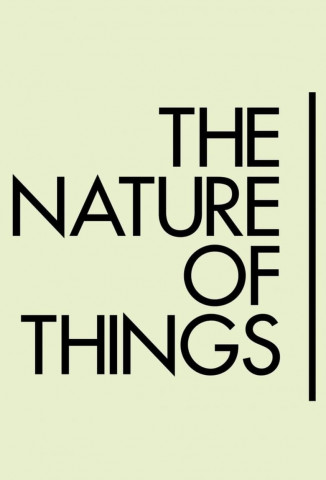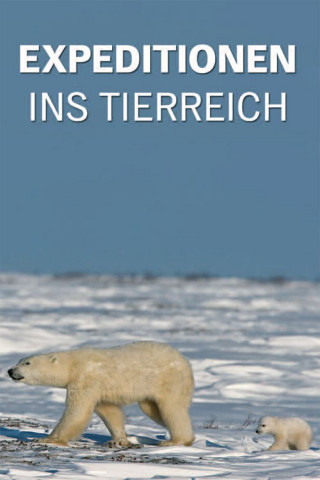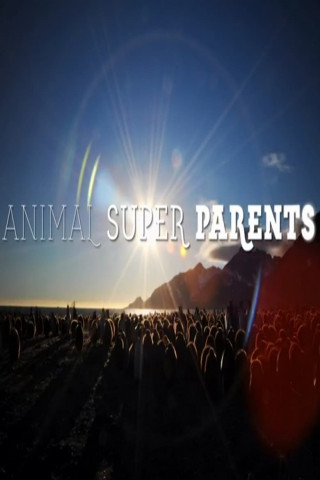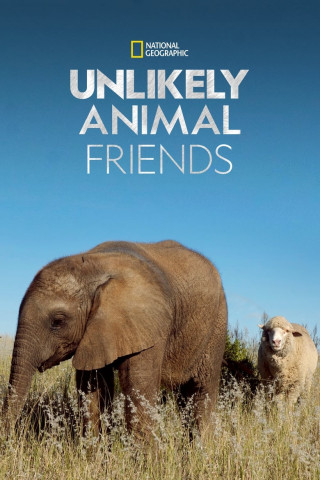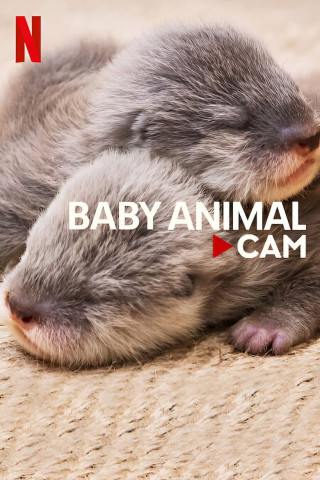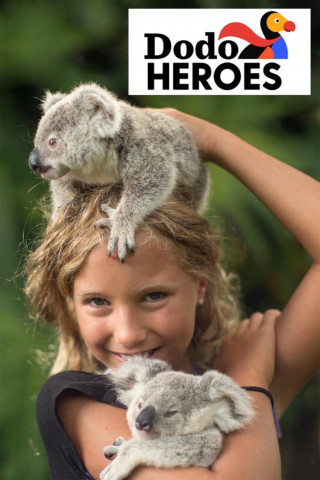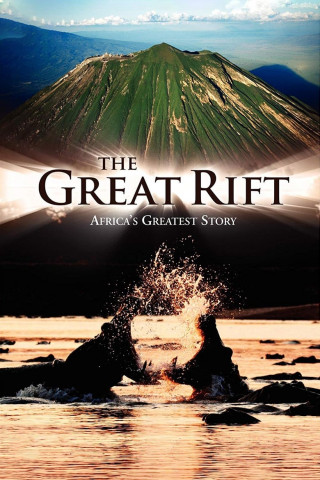
Life In The Undergrowth
Sie sind die heimlichen Herrscher der Welt: Insekten. Über 50 Prozent aller Lebewesen auf unserem Planeten zählen zur Familie der Insekten. Doch obwohl sie das Erdreich beherrschen und über die Pflanzenwelt regieren, bekommt man die Akteure nur selten zu Gesicht - denn Insekten und wirbellose Tiere führen ein Leben im Verborgenen.
Episoden-Guide
Hat Ihnen "Life In The Undergrowth" gefallen?
Dank unserem Newsletter "HALLO! Wochenende" erfährst Du jede Woche, welche neuen Streaming-Titel sich wirklich lohnen. Jetzt abonnieren!
E-Mail-Adresse:
Es scheint, als wäre Deine E-Mail-Adresse nicht korrekt. Aber das ist kein Problem!
Versuche es einfach nochmal:
In Kürze erhältst Du eine E-Mail von uns, in der Du Deine Anmeldung bestätigen musst.
Danach erhältst Du ab sofort unseren Newsletter.





